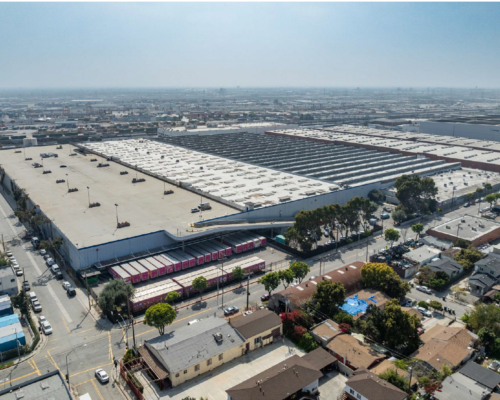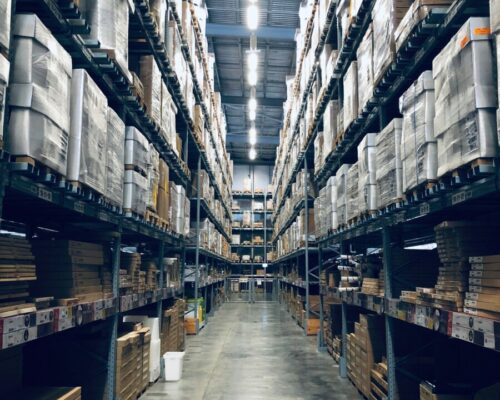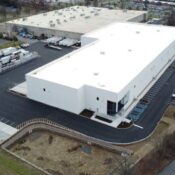News
- Home
- News
- Page 2
17Mar
John Rikko
Industrial at a Crossroads: Market Stabilization or Disruption Ahead?
From extended free rent concessions to multi-billion-dollar manufacturing commitments, industrial real estate
03Mar
John Rikko
Industrial Demand Increases Amid Manufacturing Boom
There has been a three-fold increase in construction spending on manufacturing since
20Jan
John Rikko
Navigating the U.S. Industrial Real Estate Landscape in 2025: Challenges, Opportunities, and Strategies
Executive Summary The United States industrial real estate market is undergoing a
09Jan
John Rikko
Supply Chain Trends 2025: Innovation & Sustainability
In 2025, supply chains are undergoing a fundamental transformation to meet the
23Dec
John Rikko
Key Trends Shaping Commercial Real Estate in 2025
Get expert insights into the commercial real estate market outlook for the
13Dec
John Rikko
Trends Influencing Industrial in 2025
E-commerce to shifting trade flows are changing patterns. According to a
14Nov
John Rikko
Industrial Property Outlook for 2025: Growth Amidst Challenges
As we approach 2025, the industrial property sector remains one of the
07Nov
AIG
Industrial Real Estate Enters New Era of Smart Growth!
Investors view industrial as stable due to income growth prospects. Industrial real
18Sep
AIG
As NJ port union strike looms that could disrupt holiday shopping, no new contract talks
Black Friday — the unofficial start of the holiday shopping season —
11Sep
John Rikko
Airless Packaging Market Size to Achieve USD 15.91 Bn by 2033, Says Packaging Industry Consultant
The global airless packaging market size is calculated at USD 8.81 billion










